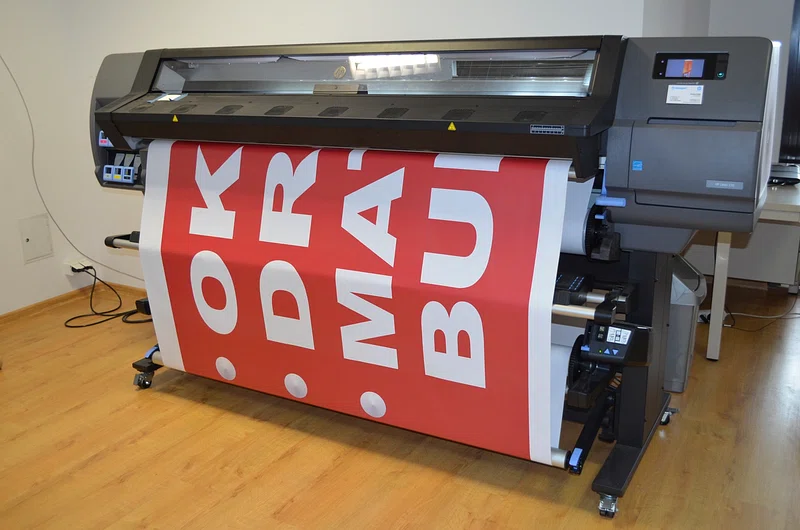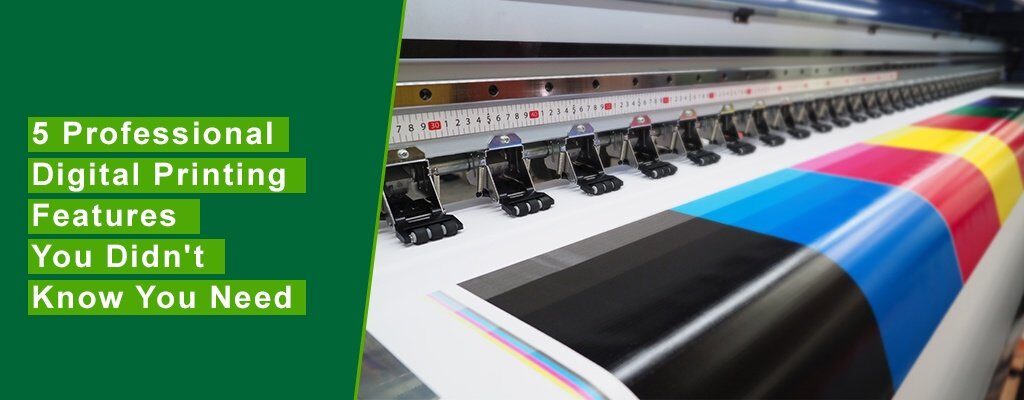Many Etsy sellers rely on print on demand for fast product fulfillment.
Many Etsy sellers rely on print on demand for fast product fulfillment.
Blog Article
Comprehending Just How Digital Printing Revolutionizes the Printing Industry
The printing sector, long soaked in conventional techniques, is going through an extreme improvement with the advent of digital printing. This ingenious modern technology, which avoids the demand for printing plates, allows rapid manufacturing and modification, improving the landscape of print communication. With its potential to stimulate interaction via personalized material and to offer lasting remedies, it's clear that digital printing is even more than a technological breakthrough; it's a critical game changer. However how exactly does it reinvent the industry? Let's check out.
The Advancement of Digital Printing: A Brief Review
Since its inception, electronic printing has gone through significant changes, continuously changing the printing industry. With the development of the 90s, electronic printing modern technology started to mature, and the industry experienced the introduction of direct imaging presses, which removed the requirement for printing plates. As the brand-new millennium unfolded, developments in innovation even more stimulated the growth of digital printing, leading to the development of high-speed inkjet printers.

Unboxing the Technology Behind Digital Printing
Exploring the complexities of digital printing modern technology, one comes across a rich tapestry of advanced equipment and complicated formulas. At the heart of this process exists a digital photo, which is refined by software that separates it right into a grid of dots. These dots are then transformed into an electronic code. This code is interpreted by the printer, which utilizes it to precisely transfer droplets of ink onto the substrate. The beads are so small and specific that they create a picture that is practically tantamount from the original. This detailed system, reinforced by sophisticated software program and high-resolution imaging, has changed the landscape of the printing industry, leading the way for unmatched degrees of information and accuracy.

The Advantages of Digital Printing for Organizations
Comprehending the innovation behind digital printing offers a clear photo of its accuracy and information. Digital printing is environmentally friendly, making use of much less ink and creating less waste. The full capacity of digital printing is realized when used for modification and customization, a topic that will be covered in deepness in the following section.
The Function of Digital Printing in Customization and Personalization
While traditional printing approaches deal with customization and personalization, digital printing succeeds in these areas. It permits the very easy change of layouts, without the requirement for expensive and taxing plate modifications (print on demand). This allows businesses to customize products to specific clients, meeting details requirements and enhancing Website consumer contentment
Digital printing additionally permits variable information printing, where aspects such as text, graphics, and pictures might be changed from one printed item to the following, without decreasing the printing procedure. This is specifically helpful for direct advertising projects, where individualized messaging can significantly enhance feedback prices. In this means, digital printing not just revolutionizes the printing market however additionally transforms the way services connect with their consumers.
Evaluating the Environmental Impact of Digital Printing
Although electronic printing has actually been admired for its duty in customization and personalization, it is important to analyze its ecological impact. Digital printing can be less inefficient than typical methods, because it operates on a 'print on demand' basis, getting rid of the requirement for huge print runs that can cause excess and waste. In addition, it uses fewer chemicals and produces much less volatile natural substances (VOCs) contrasted to counter printing. The energy usage of digital printers can be high, leading to increased carbon footprint. The usage basics of non-recyclable printing elements and the difficulty of e-waste management present considerable environmental worries. Therefore, while electronic printing has several benefits, its environmental effect needs to be diligently taken care of.
Conclusion
In conclusion, digital printing has actually changed the printing market, supplying rapid, economical, and high-quality services - print on demand. Comprehending these adjustments is crucial for companies to take advantage of the advantages of you can look here digital printing successfully.
Report this page